Species Photo Gallery for Erythroneura tricincta Three-banded Leafhopper 25 |
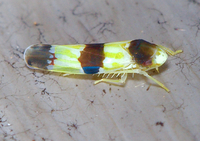 | Photo by: Jim Petranka
Madison Co.
Comment: | 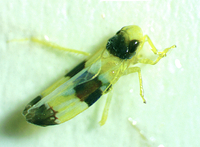 | Photo by: Ken Kneidel
Mecklenburg Co.
Comment: 3 mm male stuck on a tree band on Willow Oak |
 | Photo by: Ken Kneidel
Mecklenburg Co.
Comment: 3 mm male stuck on a tree band on Willow Oak |  | Photo by: Ken Kneidel
Mecklenburg Co.
Comment: 3 mm male stuck on a tree band on Willow Oak |
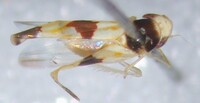 | Photo by: Bo Sullivan
Scotland Co.
Comment: | 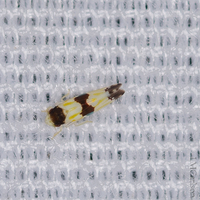 | Photo by: Lior Carlson
Orange Co.
Comment: |
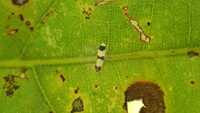 | Photo by: Erich Hofmann
New Hanover Co.
Comment: |  | Photo by: Erich Hofmann
New Hanover Co.
Comment: |
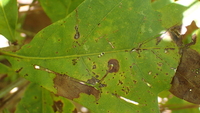 | Photo by: Erich Hofmann
New Hanover Co.
Comment: | 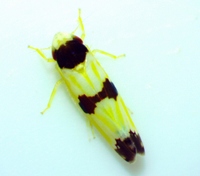 | Photo by: Ken Kneidel
Mecklenburg Co.
Comment: 2.8 mm female, came to UV light at night |
 | Photo by: Ken Kneidel
Mecklenburg Co.
Comment: 2.8 mm female, came to UV light at night |  | Photo by: Rob Van Epps
Mecklenburg Co.
Comment: Attracted to UV light. Yard near woods. |
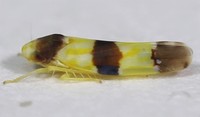 | Photo by: Rob Van Epps
Mecklenburg Co.
Comment: Attracted to UV light. Yard near woods. |  | Photo by: Vin Stanton
Buncombe Co.
Comment: semi-wooded residential neighborhood |
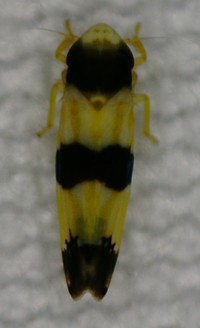 | Photo by: Tracy S. Feldman
Wake Co.
Comment: unid_leafhopper | 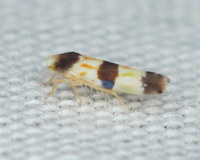 | Photo by: T. DeSantis
Durham Co.
Comment: ENRI |
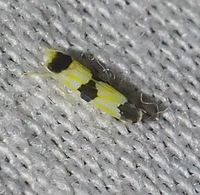 | Photo by: R Emmitt
Orange Co.
Comment: unid_leafhopper |  | Photo by: R Emmitt
Orange Co.
Comment: unid_leafhopper |
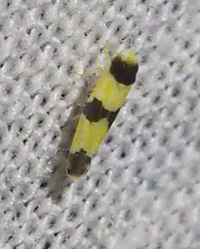 | Photo by: R Emmitt
Orange Co.
Comment: moth sheet - unid_leafhopper | 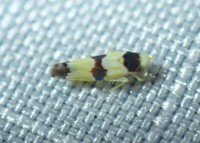 | Photo by: Rob Van Epps
Mecklenburg Co.
Comment: Attracted to ultraviolet light. |
 | Photo by: Kyle Kittelberger
Wake Co.
Comment: mixed hardwood forest | 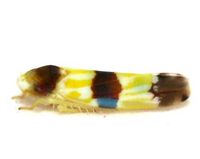 | Photo by: Kyle Kittelberger
Wake Co.
Comment: mixed hardwood forest |
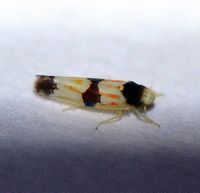 | Photo by: Paul Scharf
Warren Co.
Comment: Attracted to Black Light | 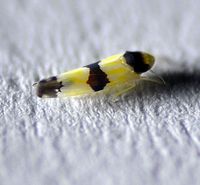 | Photo by: Paul Scharf
Warren Co.
Comment: Attracted to Black Light |
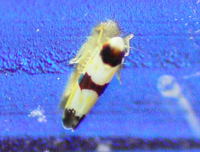 | Photo by: Kyle Kittelberger, Brian Bockhahn, Paul Scharf, Patrick Coin
Halifax Co.
Comment: grassy area and mixed hardwood forest edge near pine forest |

 »
»

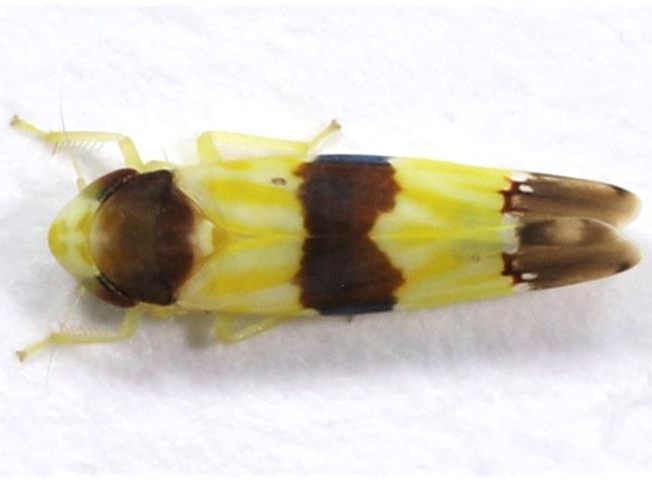

 »
»

